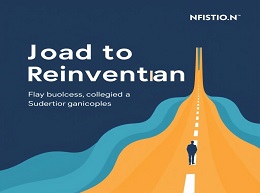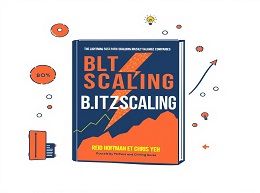The Founder's Dilemmas

"The Founder's Dilemmas" by Noam Wasserman is a comprehensive exploration of the challenges and decisions faced by startup founders. Wasserman delves into the complexities of entrepreneurship, highlighting common dilemmas and providing valuable insights for navigating them successfully. In this detailed review, we'll explore the key concepts of "The Founder's Dilemmas," provide engaging examples, and reveal strategies for overcoming common pitfalls in startup founding.
The Solo Founder vs. Co-Founders Dilemma:
Wasserman discusses the decision between starting a venture alone or with co-founders, weighing the benefits and drawbacks of each approach.
Example:
Bill Gates and Paul Allen co-founded Microsoft, leveraging their complementary skills and shared vision to build one of the world's most successful technology companies.
Equity Allocation and Founder Control:
The book explores the challenges of allocating equity among founders and the impact of equity distribution on decision-making and control.
Example:
Mark Zuckerberg maintained majority control of Facebook by retaining a significant portion of equity, allowing him to make key strategic decisions and maintain leadership autonomy.
Hiring Employees vs. Contractors:
Wasserman examines the decision between hiring full-time employees and outsourcing work to contractors, considering the implications for company culture and scalability.
Example:
Google's early decision to hire top engineering talent in-house contributed to its rapid growth and technological innovation, enabling the company to dominate the search engine market.
Early Customer Relationships:
The book discusses the importance of establishing early customer relationships and the challenges of balancing customer feedback with product vision.
Example:
Dropbox's founders conducted early user testing and gathered feedback to refine the product, leading to rapid adoption and growth among early adopters.
Funding Sources and Investor Relationships:
Wasserman explores the various sources of startup funding and the trade-offs associated with each, as well as the importance of maintaining positive relationships with investors.
Example:
Steve Jobs and Steve Wozniak secured funding from angel investor Mike Markkula, whose guidance and support played a crucial role in Apple's early success.
Exit Strategies and Founder Departures:
The book examines the decision to exit a startup and the challenges of founder departures, including managing relationships with co-founders and investors.
Example:
WhatsApp co-founder Jan Koum remained with the company after its acquisition by Facebook, leveraging his vision and expertise to continue driving product innovation and growth.
In conclusion, "The Founder's Dilemmas" offers invaluable insights for entrepreneurs navigating the complexities of startup founding. By understanding common dilemmas and learning from real-world examples, founders can make informed decisions and increase their chances of startup success.













